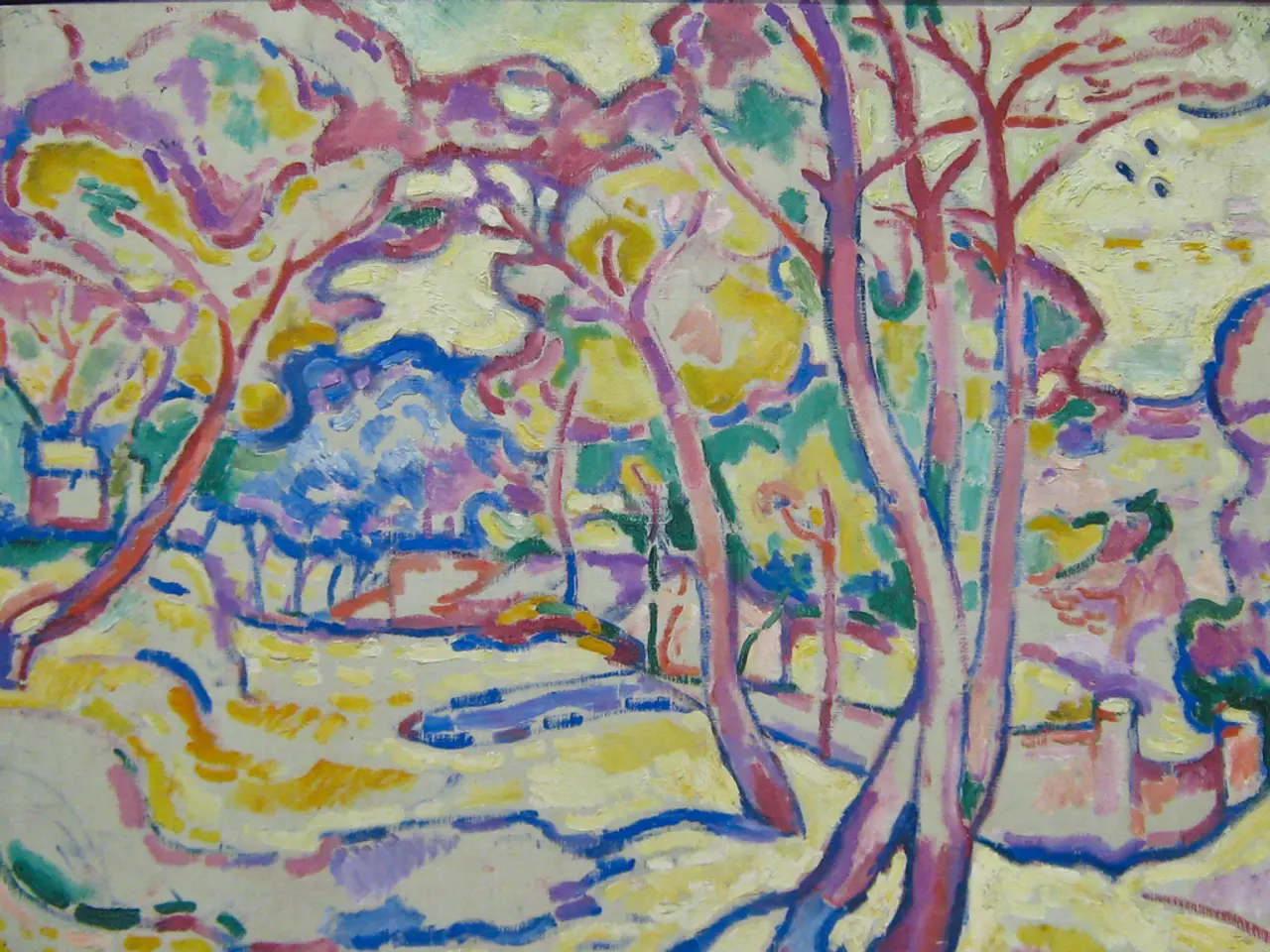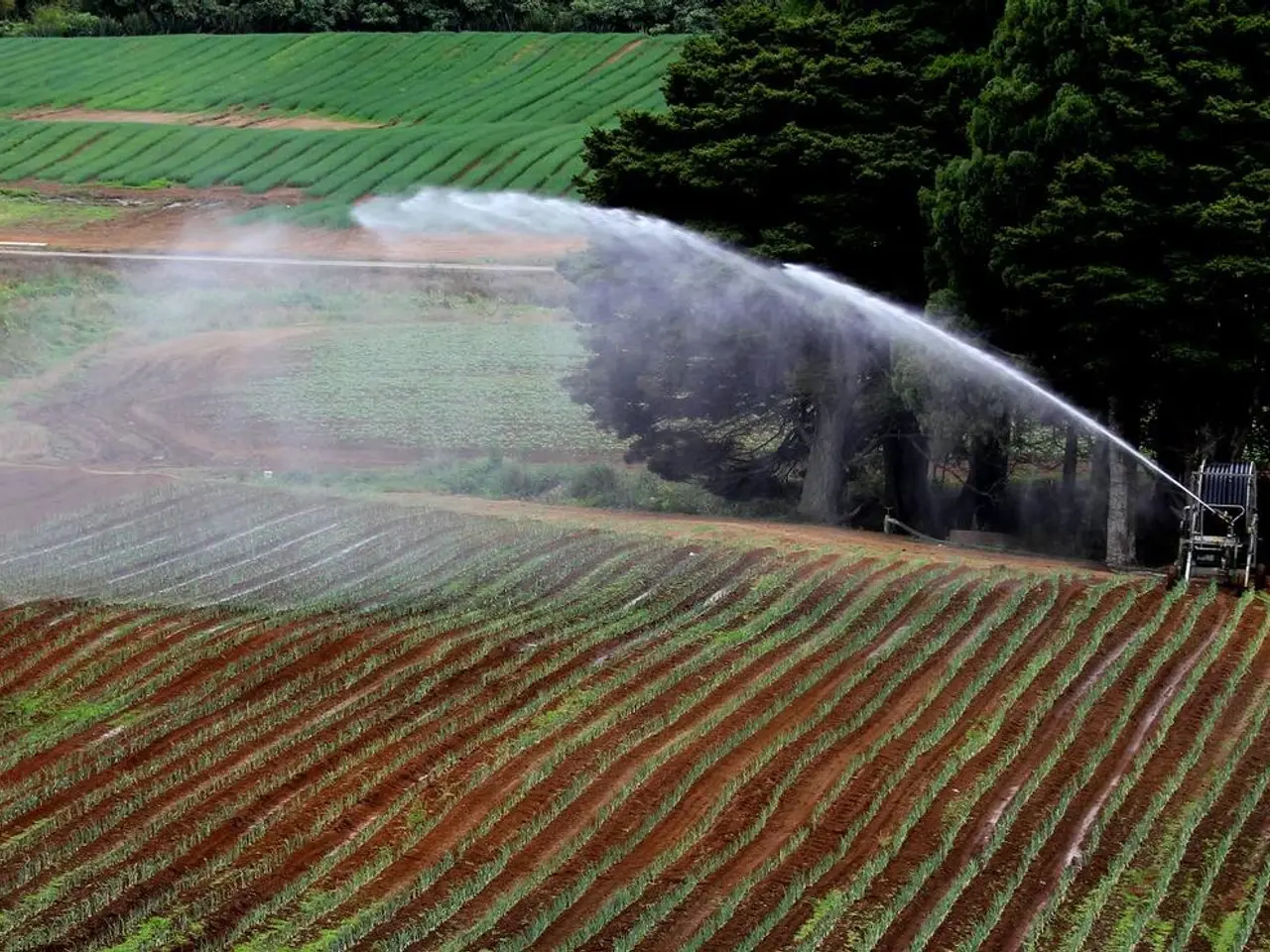Nurturing Imagination in Children: Discovering Artistic Inspirations Through Bonsai
In a world where creativity often flourishes in unexpected places, one such haven is found in the intricate and captivating realm of bonsai trees. These miniature, meticulously sculpted trees have been inspiring children's art projects in enriching ways, serving as living art forms and personalised creative outlets.
Design and Modeling
One of the most engaging aspects of bonsai art is the direct involvement it offers children in the artistic process. By pruning and shaping their bonsai trees, kids can visualise and execute their unique aesthetic visions, fostering exploration of different natural forms and teaching basic design and horticulture principles [1].
Personal Expression
Bonsai trees provide a unique platform for children to express their personality. They can select and decorate pots, choose accessories, and develop themes for their bonsai, making each tree a reflection of their identity and artistic style. This process helps build self-expression and confidence [1].
Artistic Projects
Beyond the tree itself, bonsai can be integrated into wider art projects. Kids might paint or decorate the pots, create surrounding mini gardens, or use bonsai as centerpieces in dioramas and mixed media presentations. This broadens their artistic skills and shows how different art forms can be combined creatively [1].
Craft Variations
Inspired by bonsai, children can also explore various crafts. They might crochet their own miniature bonsai trees or make bonsai-inspired sculptures from recycled materials like plastic and beads. This adds a dimension of sustainability and tactile creativity to their projects [3][5].
Emotional and Cognitive Benefits
Working with bonsai encourages focus, patience, relaxation, and a sense of accomplishment, which helps children develop mental well-being alongside creativity. The anticipation of seeing their tree grow and flourish can boost motivation and artistic pride [2].
Nature's Symbolic Language
Beyond the aesthetic appeal, bonsai offers a deeper connection with nature. Encourage children to write poems that capture the essence of a bonsai's branching patterns, exploring themes of growth, resilience, and harmony. They can tap into the symbolism of bonsai and express it through writing, uncovering hidden meanings and symbolism [4].
Cultivating a Deeper Appreciation
Children can explore the intersection of art and nature through bonsai-inspired pottery and ceramics, cultivating a deeper appreciation for the intricate beauty of the natural world. Bonsai-inspired pottery can take various forms, such as intricately patterned plates and delicate, branch-like handles on ceramic cups [6].
In conclusion, introducing bonsai trees into children's art activities offers a multi-sensory creative experience that nurtures artistic skills, design thinking, personal expression, and a connection with nature. By embracing the enchanting world of bonsai, we are not only cultivating young artists but also fostering a new generation that appreciates the beauty and wisdom found in nature.
Sources: [1] https://www.artfulparent.com/2016/04/06/bonsai-art-project-for-kids/ [2] https://www.artfulparent.com/2016/08/17/bonsai-art-project-for-kids-part-2/ [3] https://www.artfulparent.com/2017/03/15/crocheted-bonsai-tree-art-project-for-kids/ [4] https://www.artfulparent.com/2018/03/28/bonsai-poetry-for-kids/ [5] https://www.artfulparent.com/2018/04/25/bonsai-art-project-for-kids-using-recycled-materials/ [6] https://www.artfulparent.com/2018/05/02/bonsai-inspired-pottery-art-project-for-kids/
- As children delve into bonsai-inspired pottery and ceramics, they can develop a deeper appreciation for the intricate beauty of the natural world, marking a fusion of art, nature, and self-expression, which can be found in the broader realms of lifestyle and arts, specifically fashion-and-beauty and home-and-garden.
- Extending their creative endeavors beyond bonsai trees, children might engage in various artistic projects, incorporating miniature bonsai trees into dioramas or mixed media presentations, showcasing how food-and-drink can be used as creative elements, as well as illustrating the possibilities of combining diverse art forms and expressing personal style within the context of education-and-self-development.




